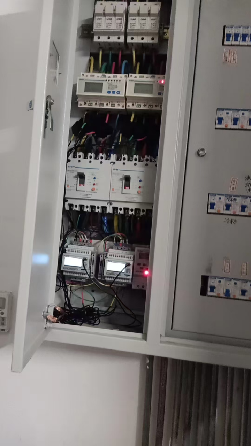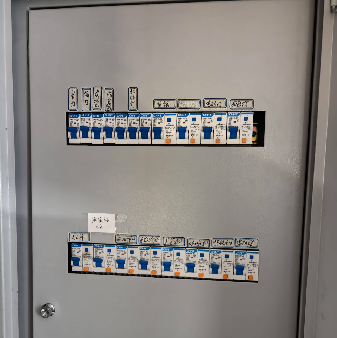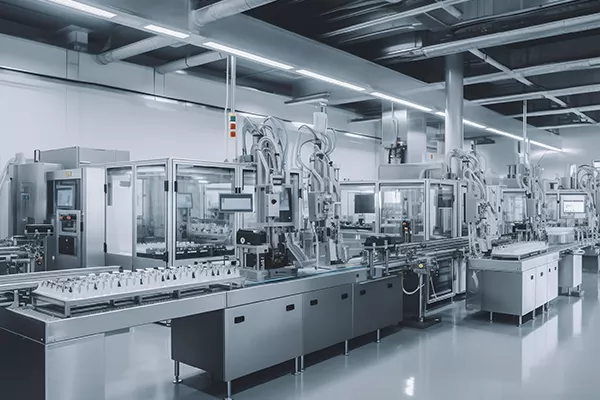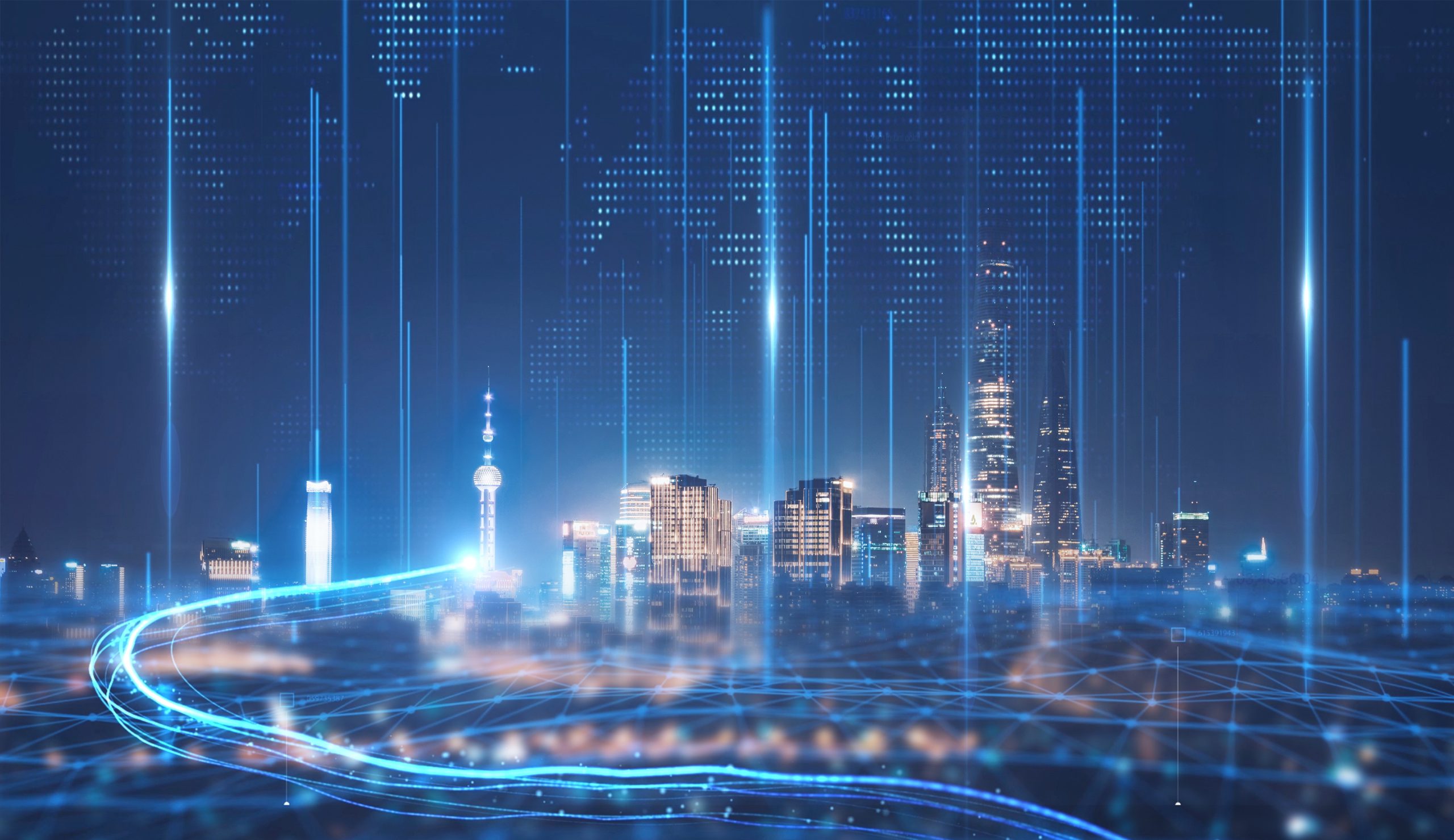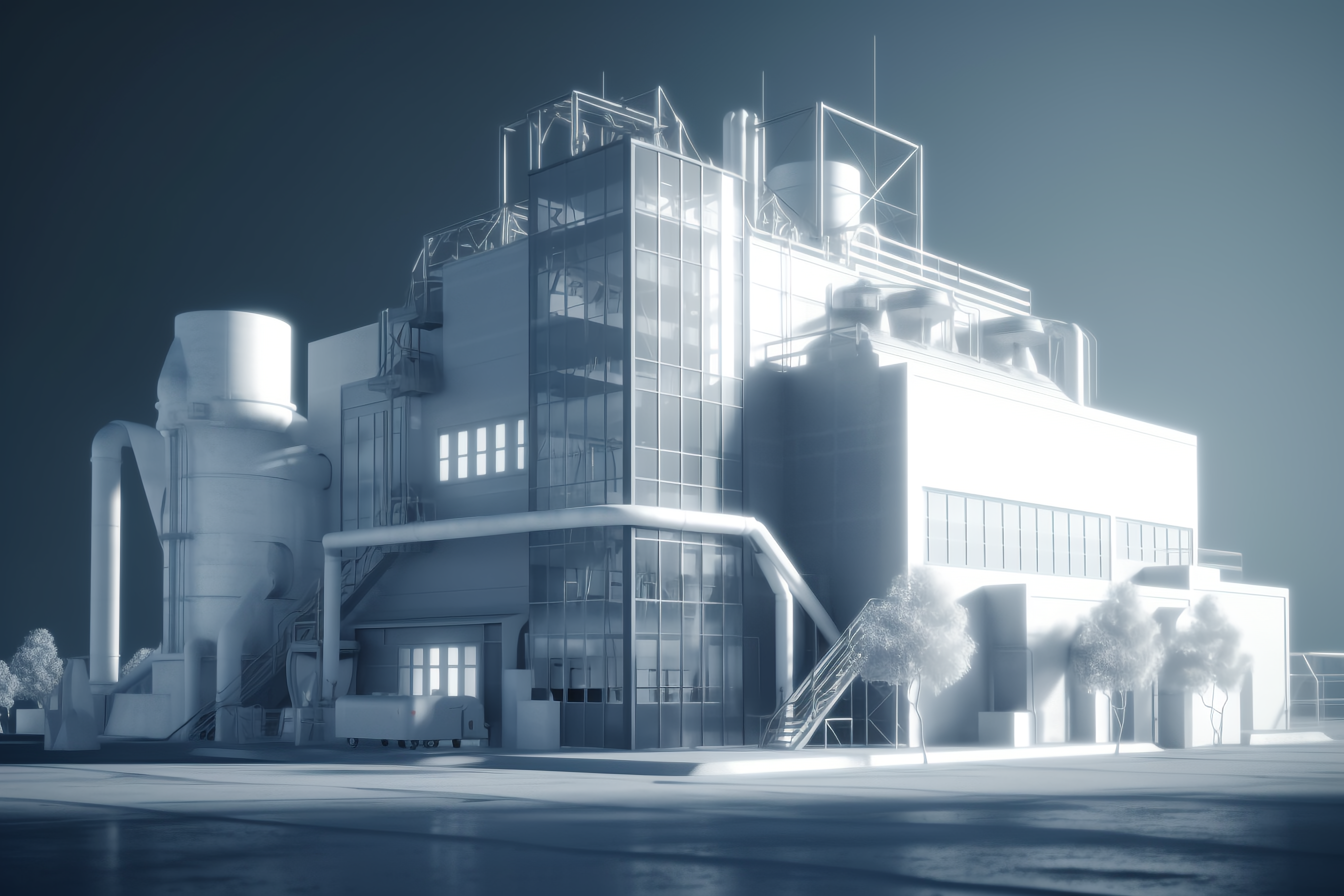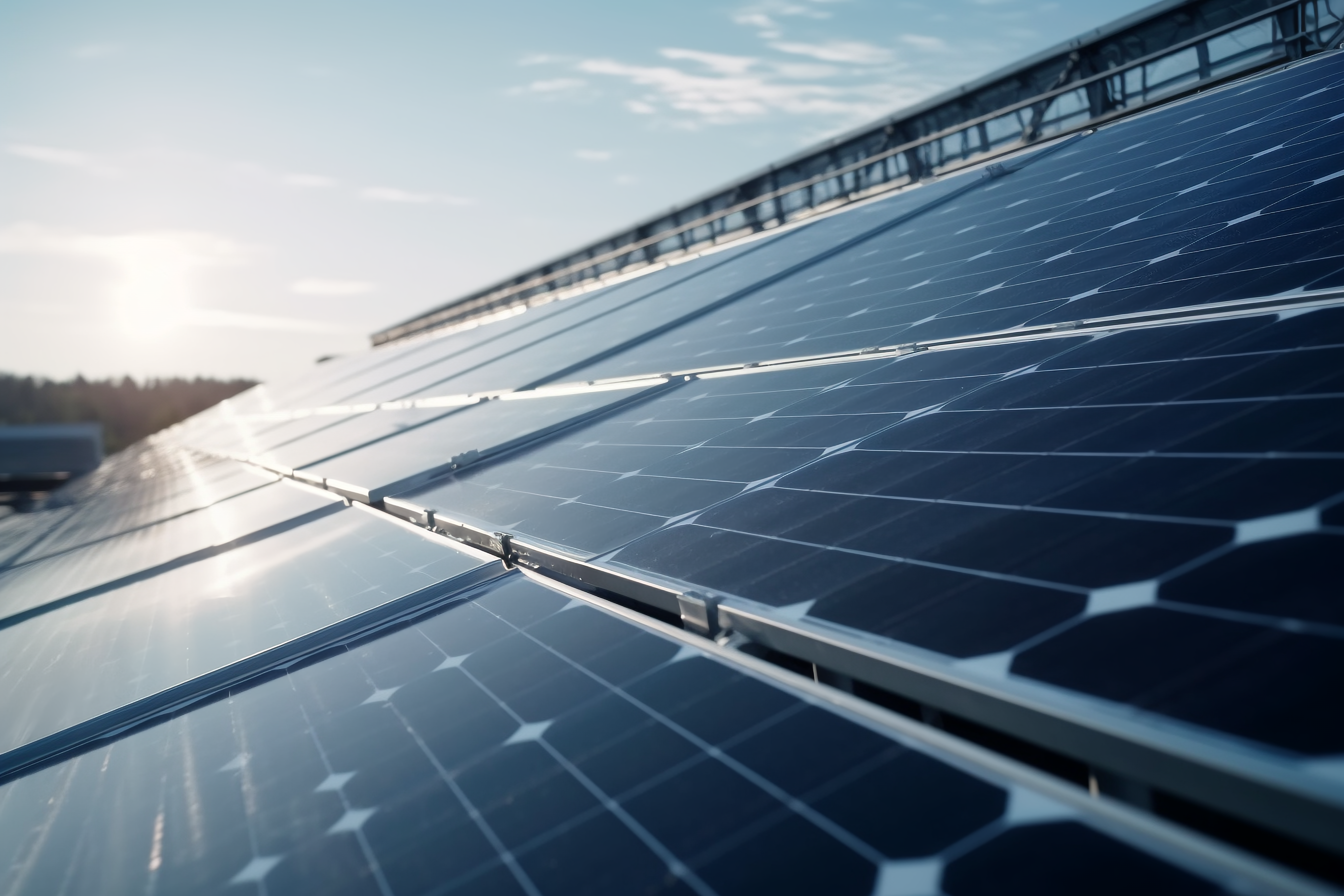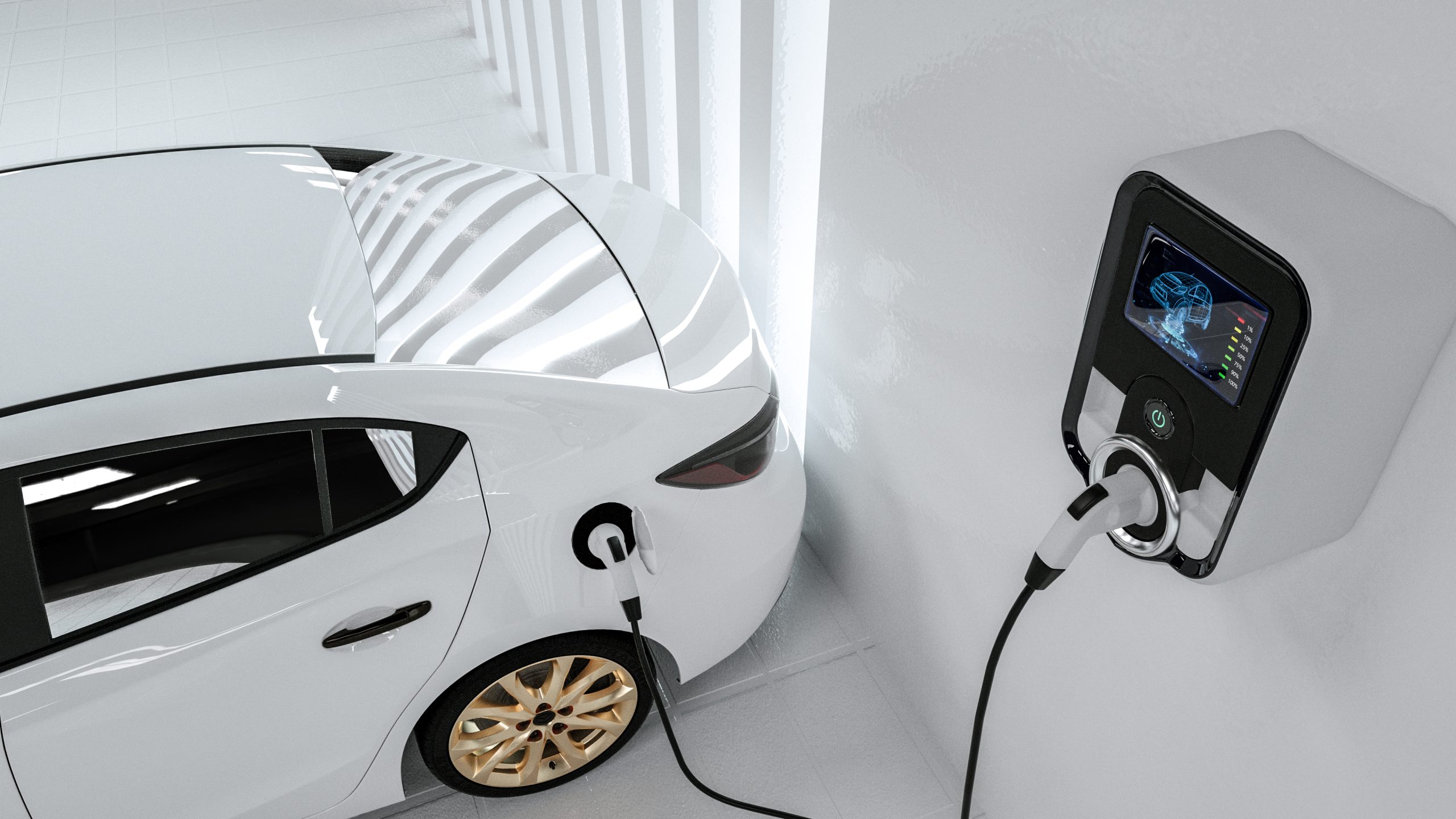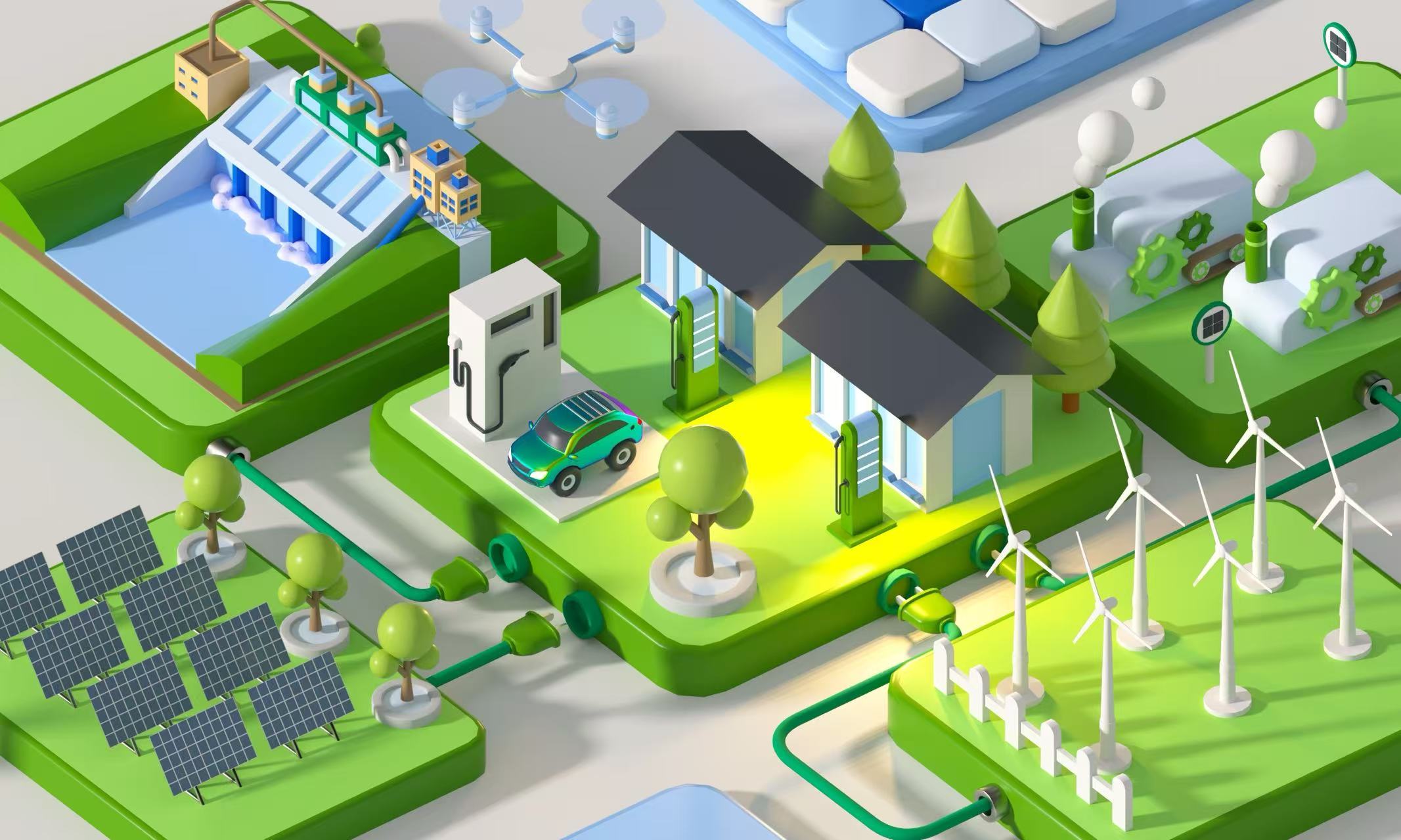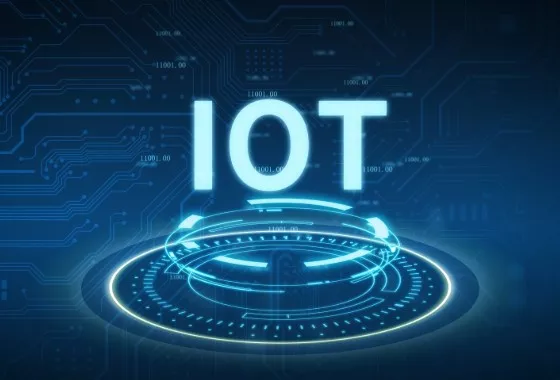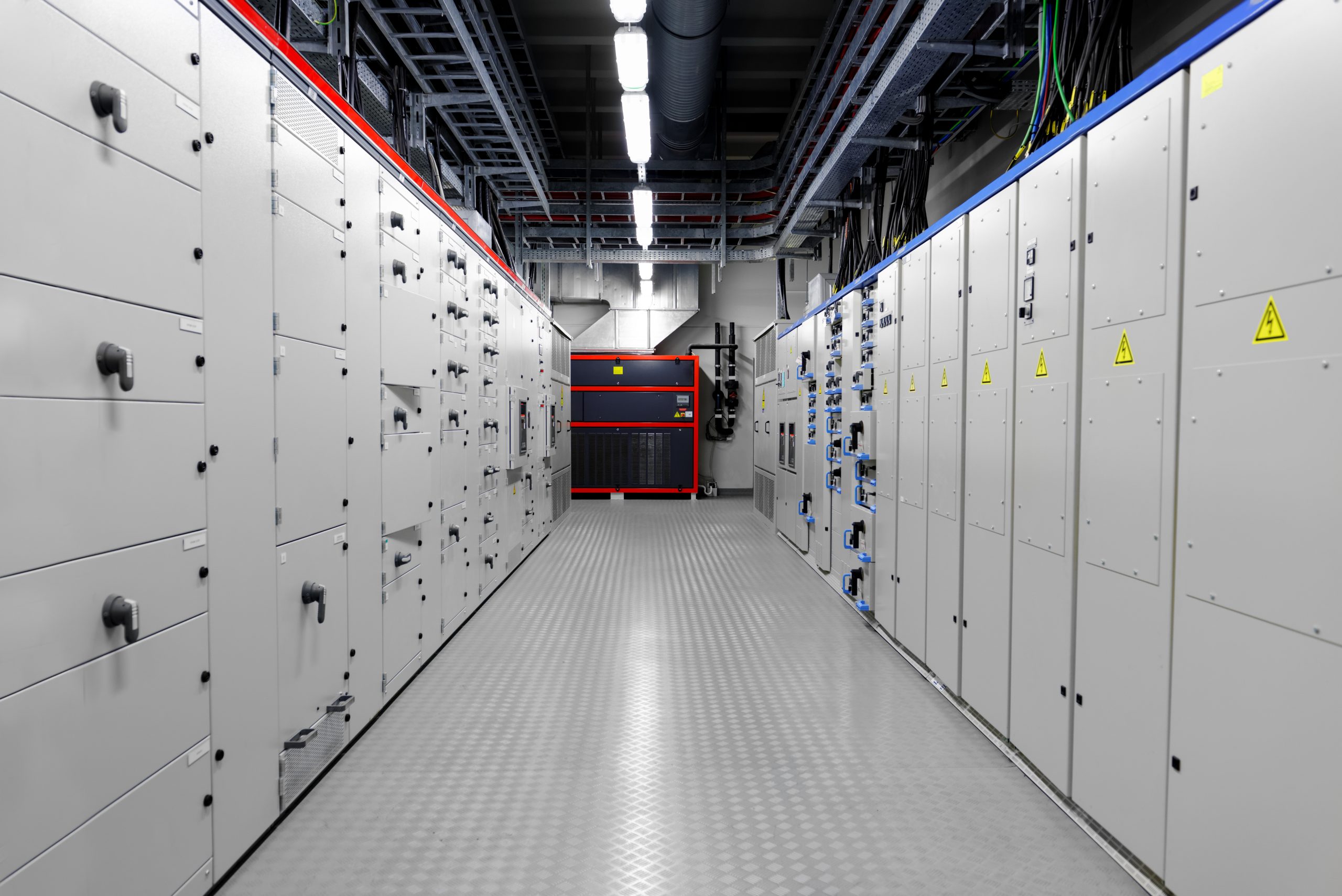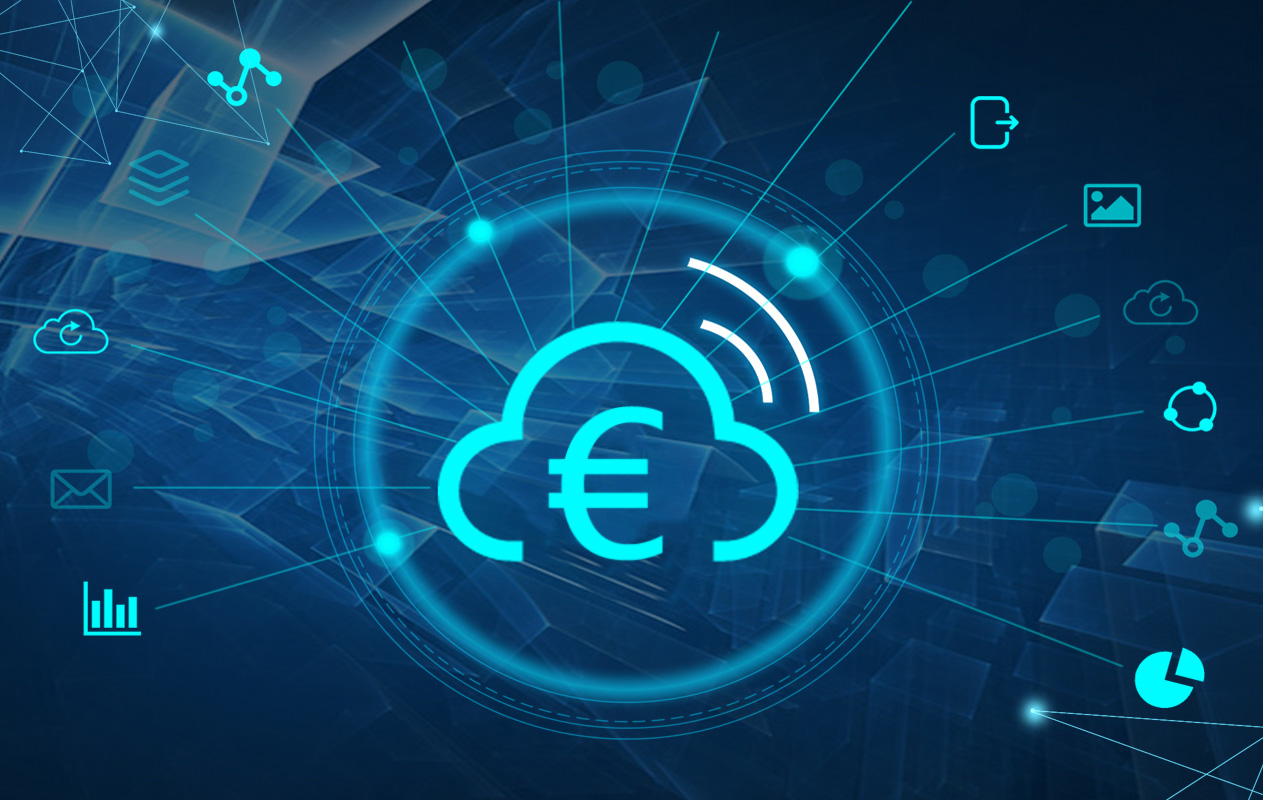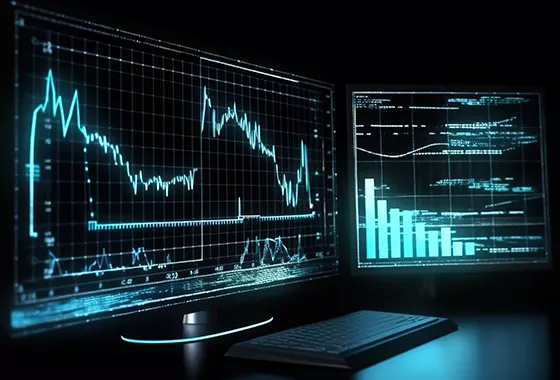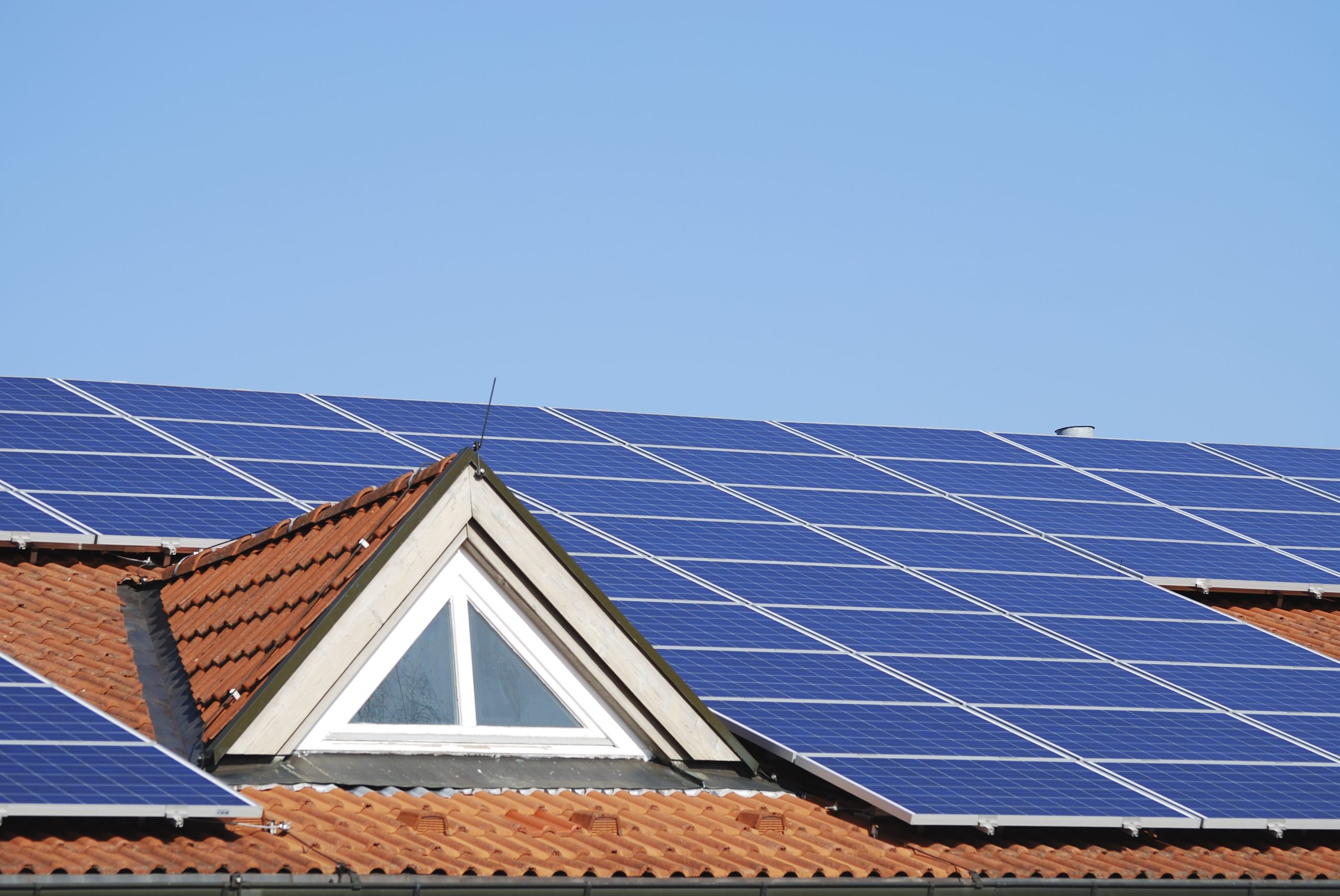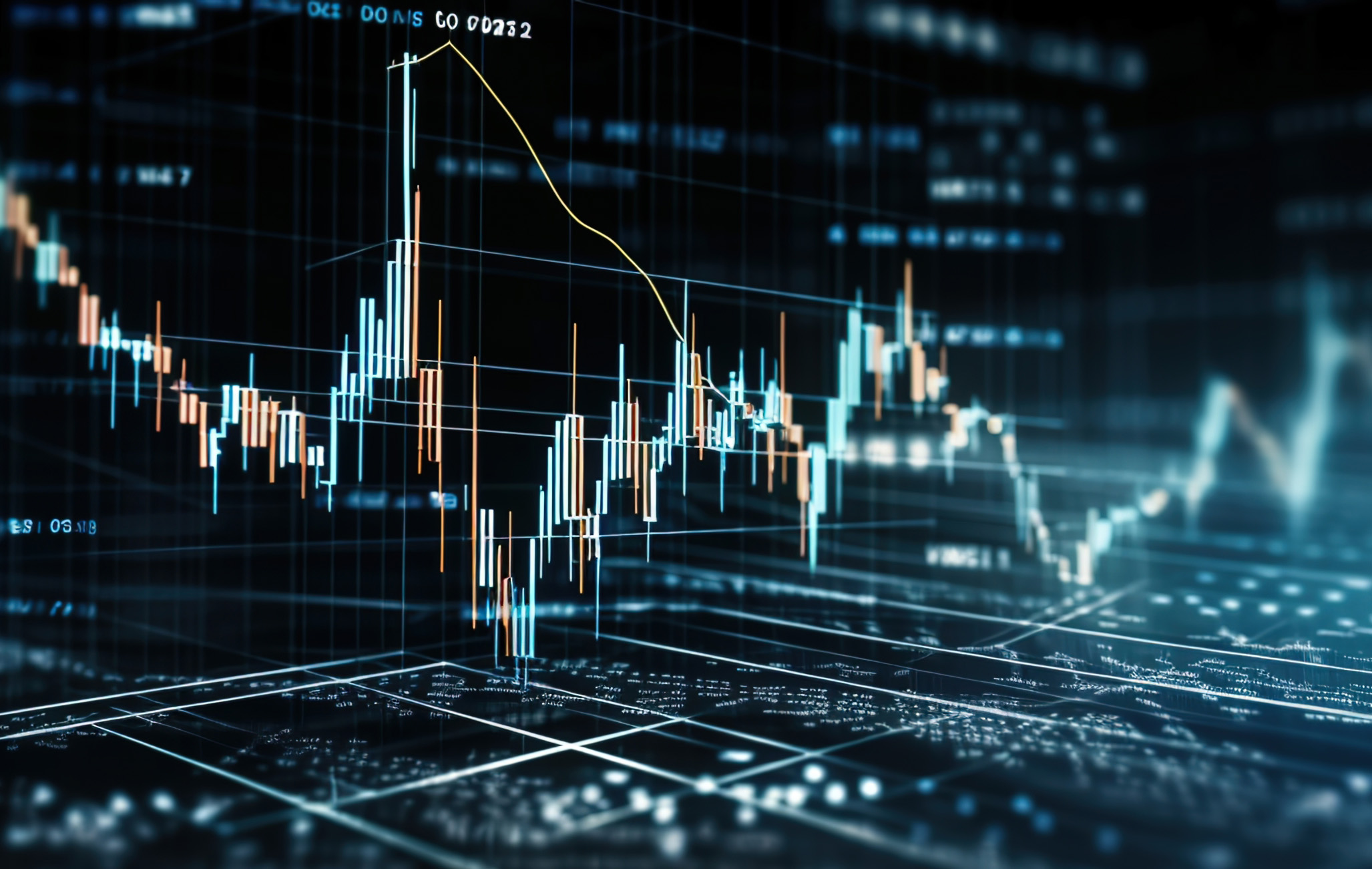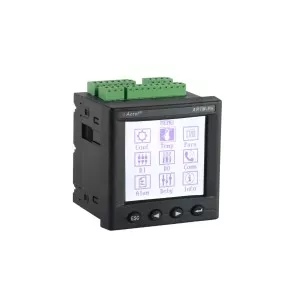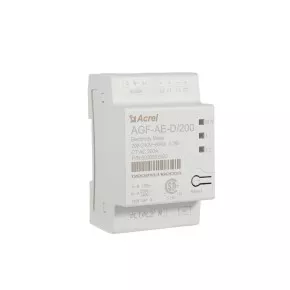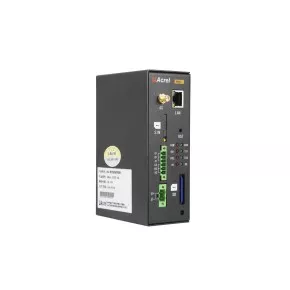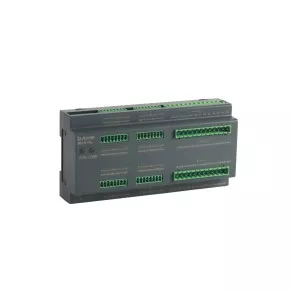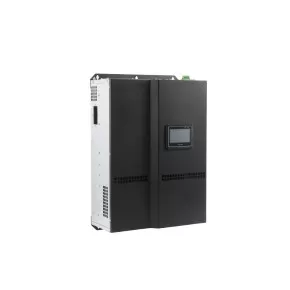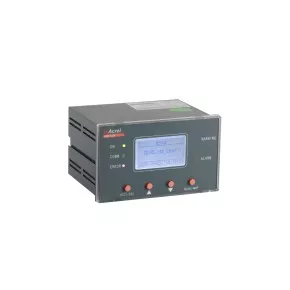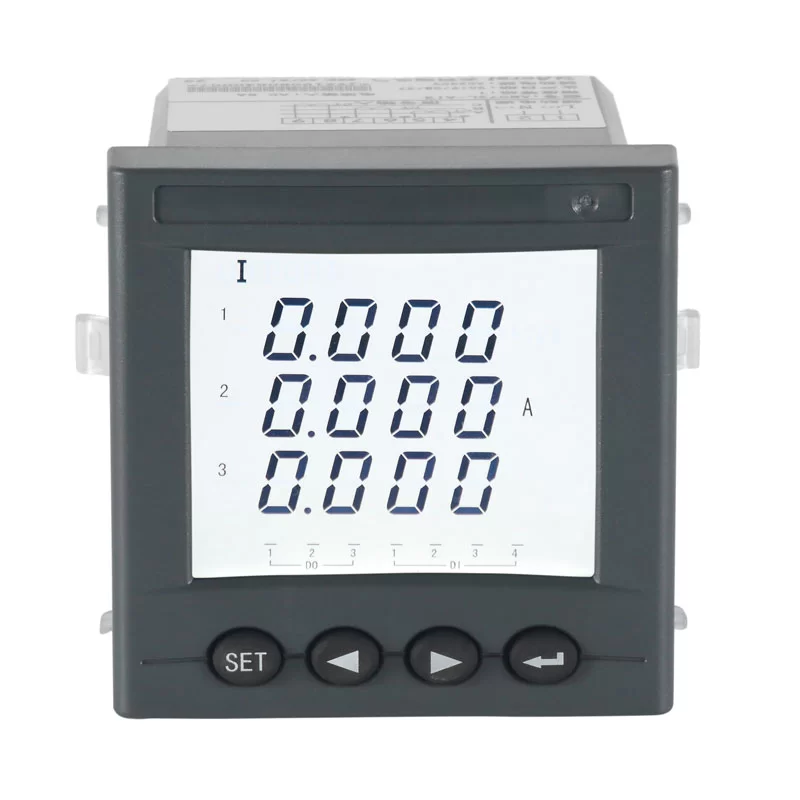Project overview
Lawson was founded in the United States in 1939 and opened its first store in Japan in 1975 after obtaining a franchise license from the United States. Today, Lawson has developed into a large group whose core business is the convenience store business, which includes two main business areas: convenience stores and entertainment. As of the end of December 2022, there were 20,693 convenience stores in Japan, Indonesia, the United States, Thailand, the Philippines and China. There are currently 6,500 stores in China, and the number is expected to exceed 10,000 by 2025.
The features: Large quantity, wide distribution, small retail space but high energy consumption
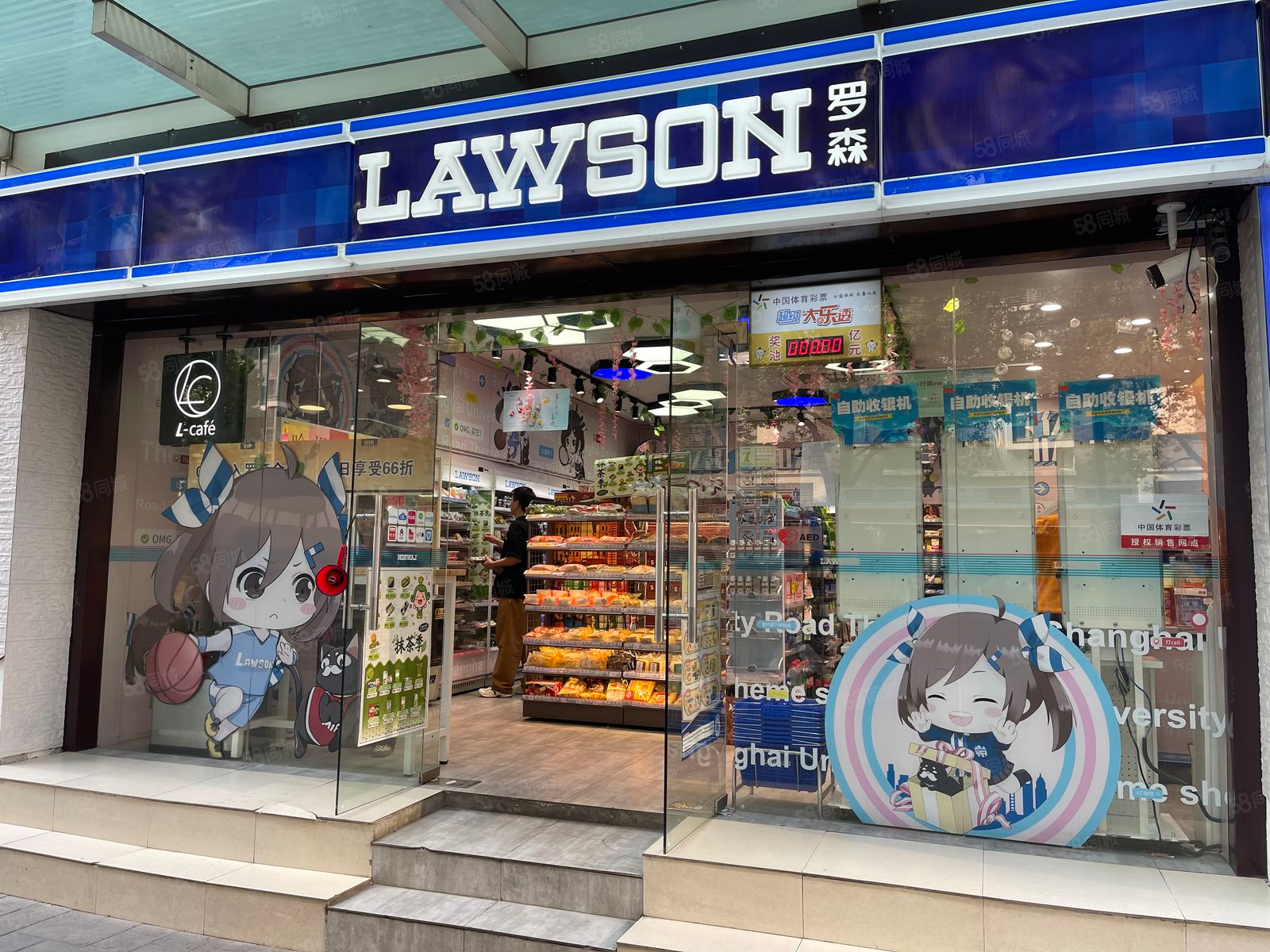
energy consumption characteristics
High power consumption
Convenience stores usually have to be open 24 hours a day and therefore consume a lot of electricity, especially for running refrigerators and freezers. In addition, running lighting, surveillance systems and other equipment increases electricity consumption.
Concentrated power consumption time
The electricity demand of convenience stores is mainly concentrated during business hours, especially during peak periods such as breakfast and dinner, when electricity consumption increases significantly. In addition, the operating hours of refrigerators and freezers are also relatively concentrated.
Large fluctuations in power load
Since convenience stores have many appliances, including refrigerators, freezers, lighting, surveillance systems, etc., the operation of these appliances leads to large fluctuations in the electricity load. Especially in summer and winter, the use of air conditioning and heating appliances further increases the electricity load.
High electricity costs
Due to high power consumption and large load fluctuations, the electricity cost of convenience stores is relatively high. Therefore, reasonable management and optimization of electricity costs are crucial for the operation of convenience stores.
customer pain points
Data management is difficult
There are many stores and scattered data, making it difficult to obtain and analyze data in real time, creating islands of information and affecting decision-making and operational efficiency.
difficulties in administration
The store is small, so it is difficult to set up a meter reading or billing system on its own, which requires large investments and low efficiency.
Complex Financial Integration
Each business's water and electricity bills must be forwarded to the head office, which is a lot of work and prone to errors.
project requirements
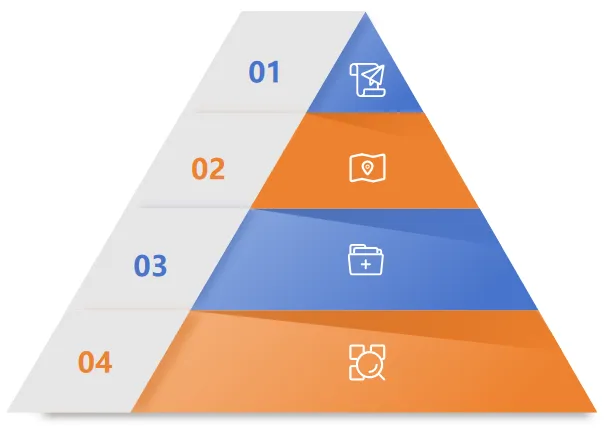
total energy consumption in the region
overall energy consumption situation and total electricity consumption of each store
Analysis of the energy rationality of similar businesses
definition of targeted control measures
project effects and benefits
online business management
From manually copying and uploading the data in the past to reading it directly online, each store can generate its energy consumption online in real time, reducing the workload of store inspectors and improving the accuracy and authenticity of energy data.
Energy management
Through the online monitoring platform, the energy consumption of each store is monitored in real time, allowing the store to conveniently adjust the energy consumption of high-energy-consuming equipment and improve the store's energy management.
KPI evaluation
By setting energy consumption per unit area for each store and the concept of regional average energy consumption, store energy consumption and customer traffic in the store are combined to keep sales and energy consumption at the same level.
basis for energy saving
By comparing stores' energy consumption, energy saving assessments are conducted for key energy-consuming equipment such as air conditioning, signage, lighting, heaters, etc. and skill improvements are identified for areas with higher yields. The actual reporting period is calculated via the platform.
Typical Hardware - Energy Data Acquisition
Acrel ADW300 energy meter to monitor the energy data of each store
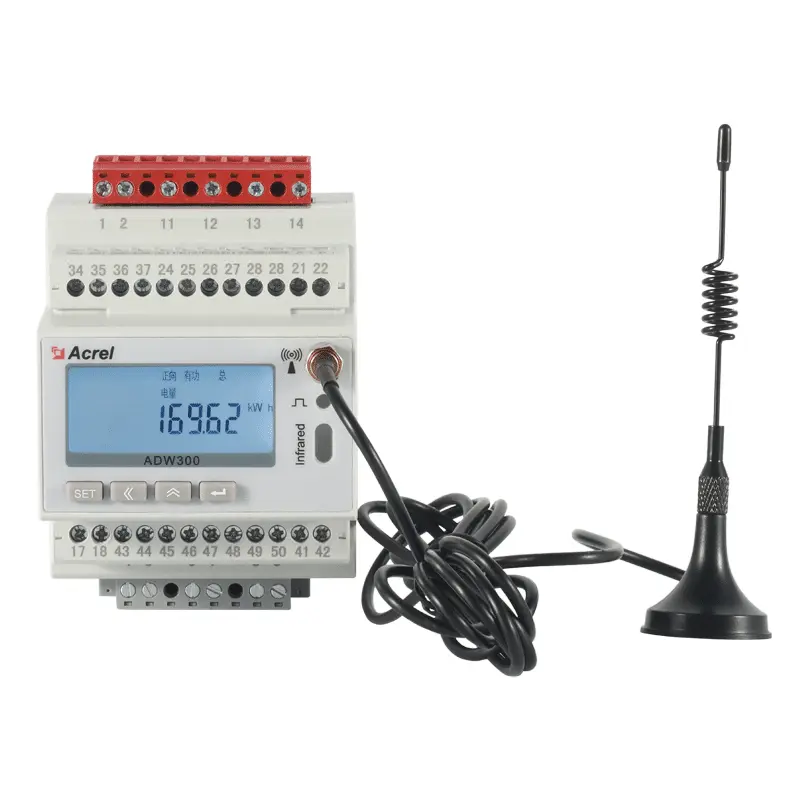
Supports LCD display and can be adjusted with buttons
Supports forward and reverse counters for active and reactive energy, four-quadrant reactive energy, supports 2 sets of time period counters, 4 time zones, 14 daily time periods and 4 types of multi-tariff energy;
Supports historical electricity consumption in December (including electricity consumption under different tariffs);
Supports measurement of three-phase voltage, current, active power, reactive power, apparent power, power factor and frequency;
Supports extreme values and occurrence times of the last three months (including maximum and minimum values of three-phase voltage, current, power and combined power);
Harmonic measurement, measurement of the total harmonics of voltage and current as well as the subharmonics of 2nd to 31st order;
Voltage and current phase angle, three-phase voltage and current unbalance measurement, supports 4 kinds of demand and occurrence time statistics;
Supports alarm functions for overvoltage, undervoltage, overcurrent, phase loss, overload, high temperature, unbalance, high harmonic, etc. and can be configured with corresponding DO outputs;
Supports power outage reporting;
Supports RS485 communication, 4G, NB, WIFI, LORA and other wireless communication methods, including 4G, NB, WIFI, can implement the MQTT protocol, the HTTP protocol, TCPIP transparent transmission and other network protocol access.
software function - energy management
overview display
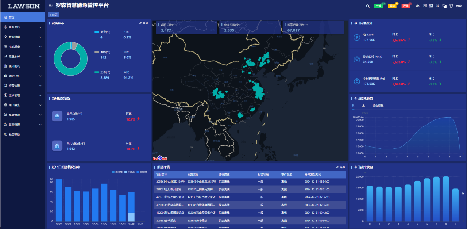
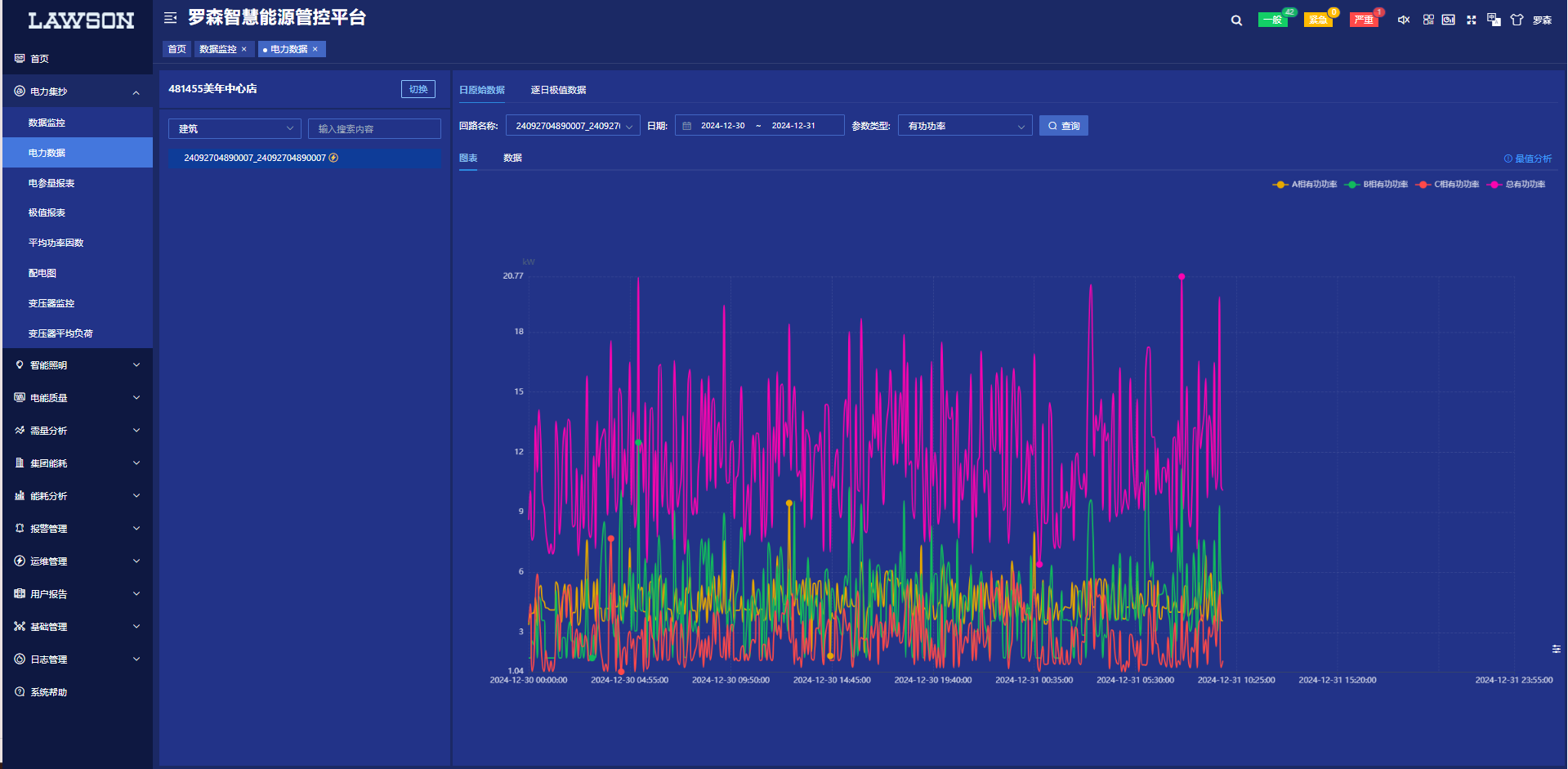
report analysis
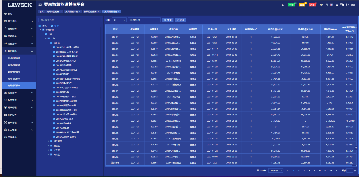
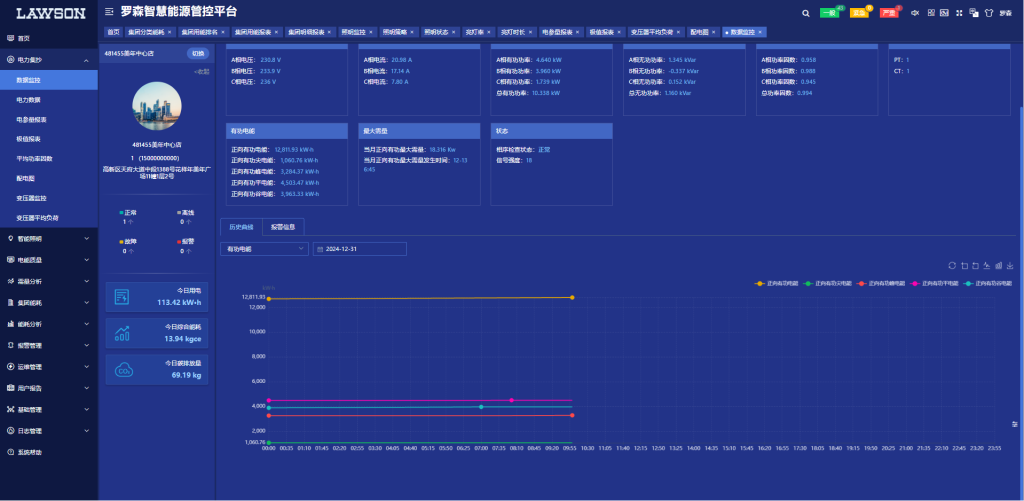
Pictures on site-energy management
